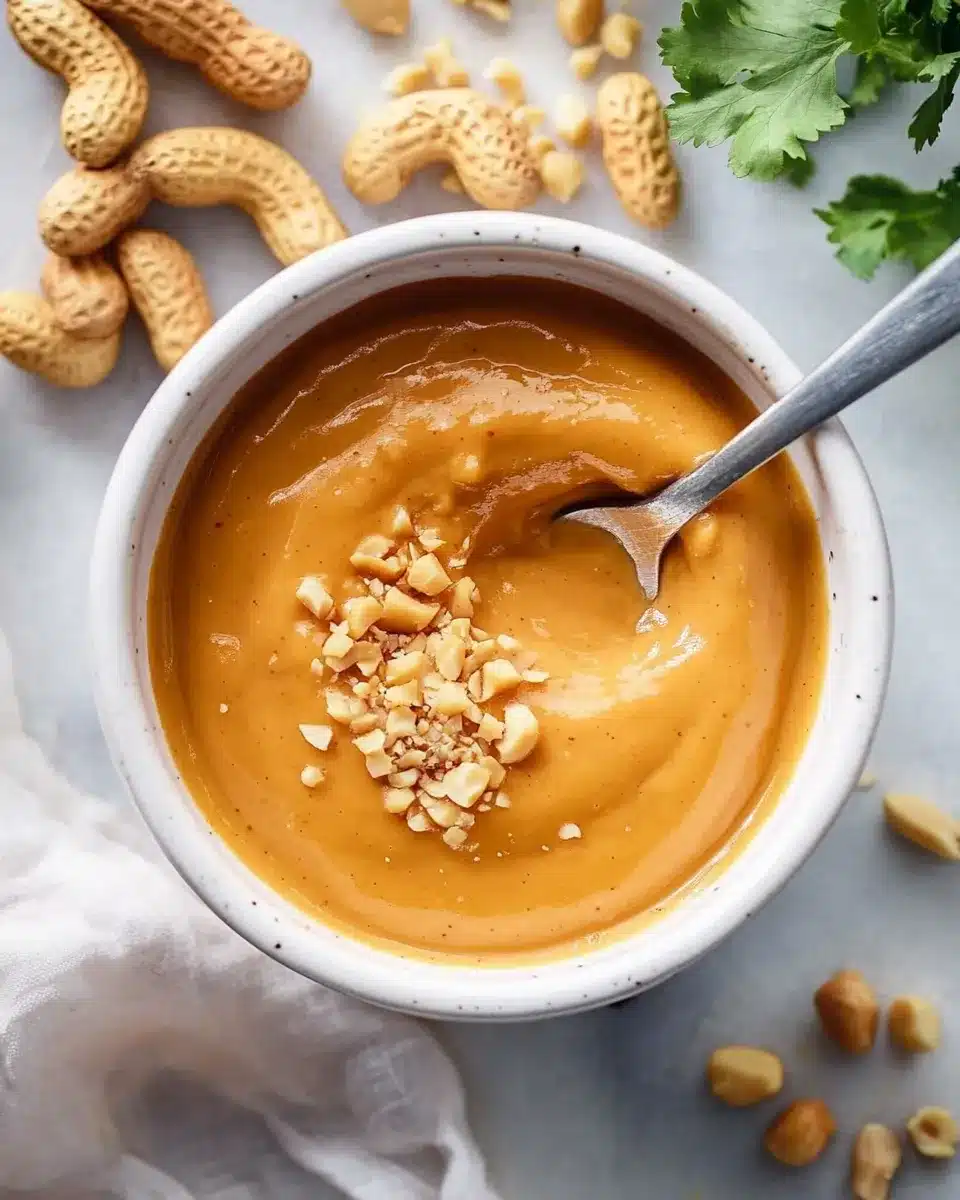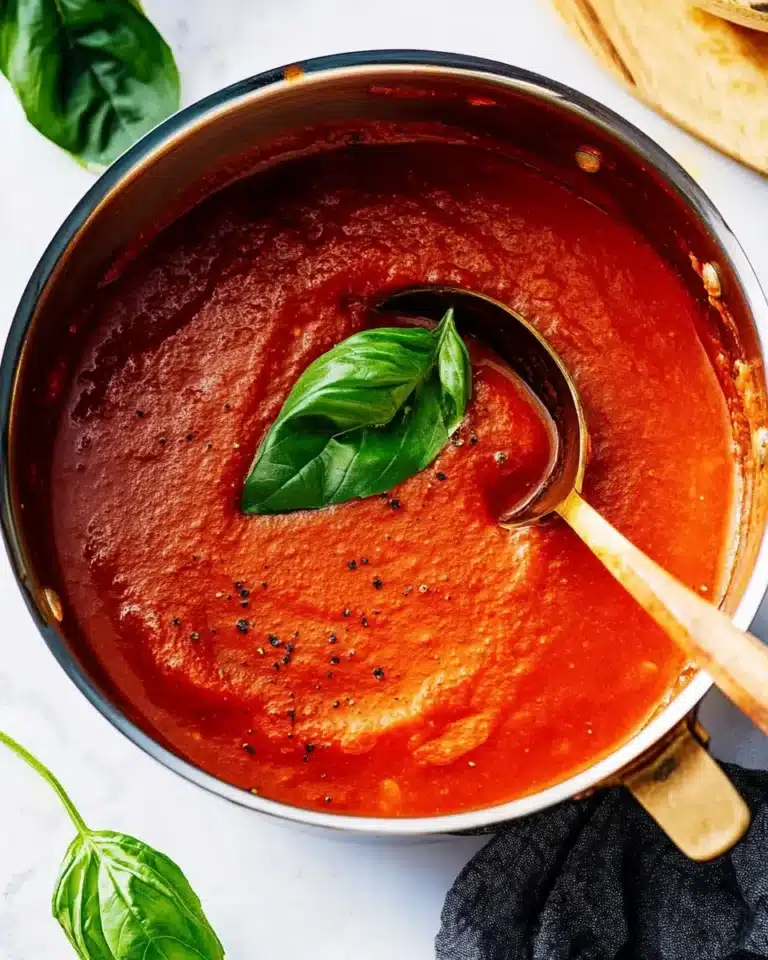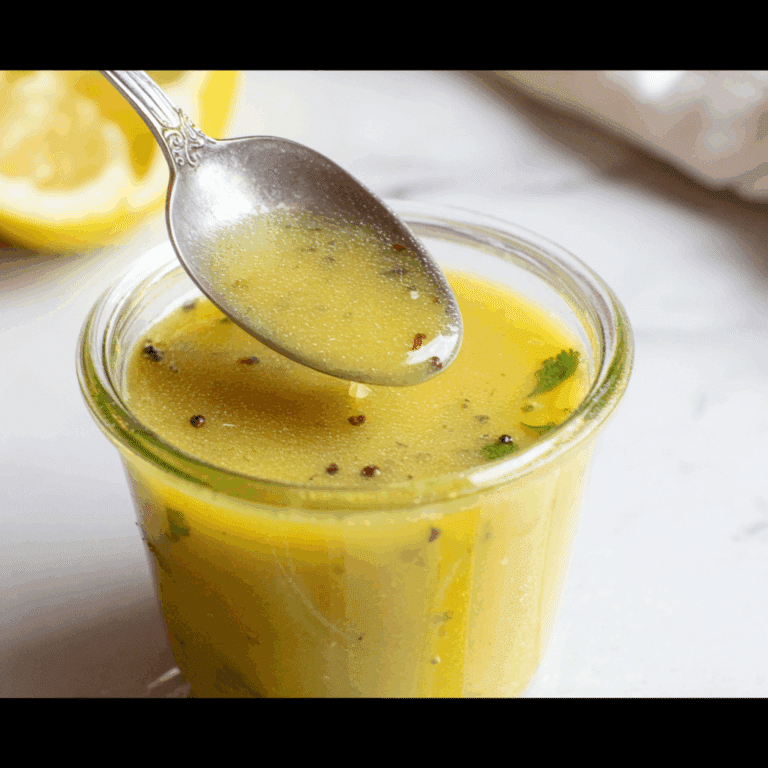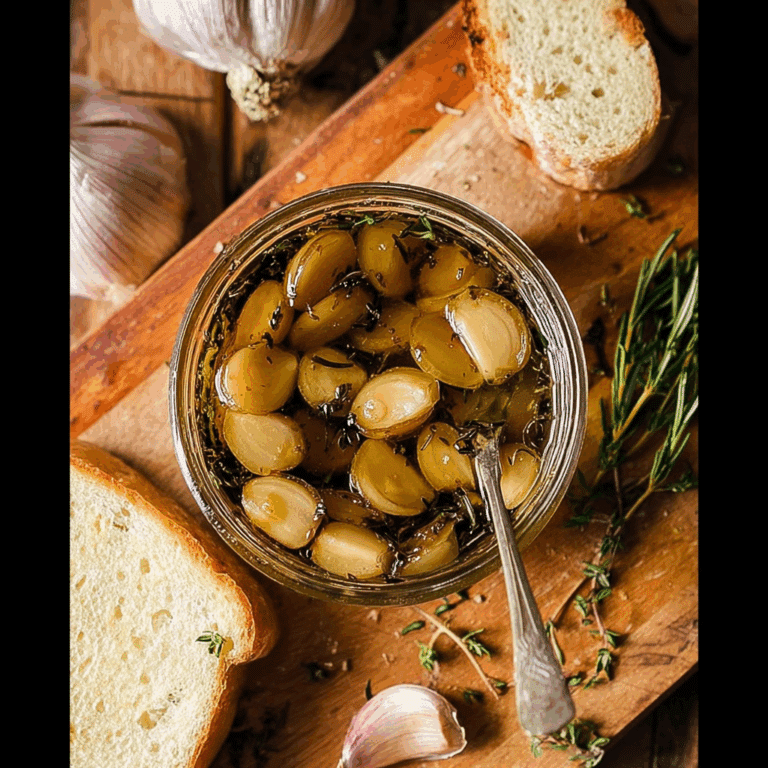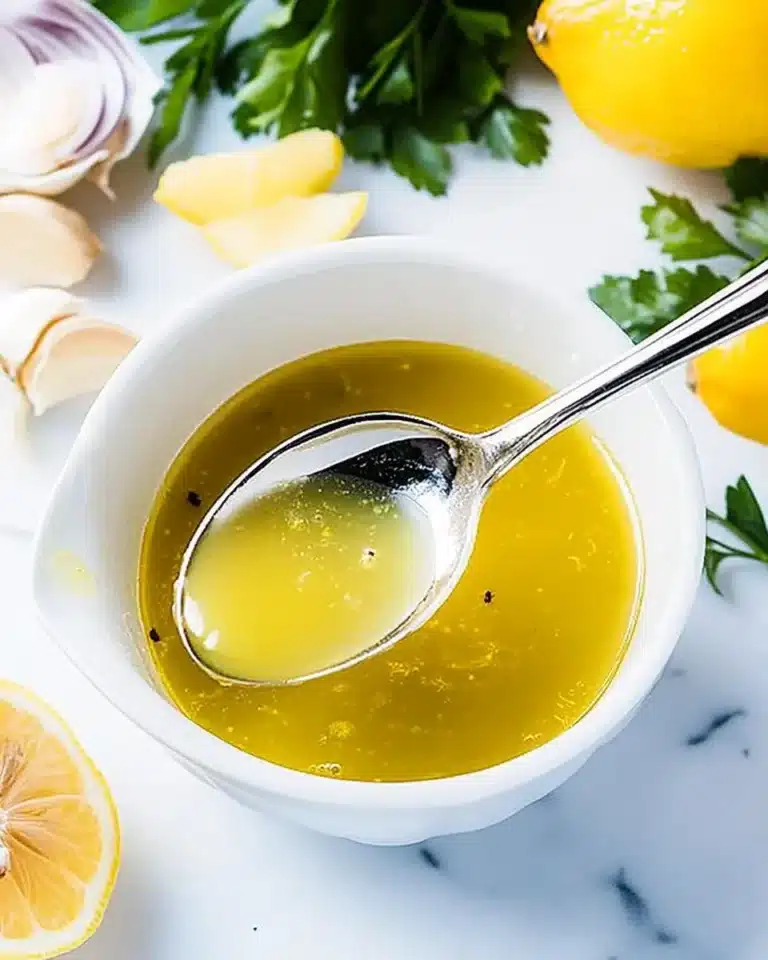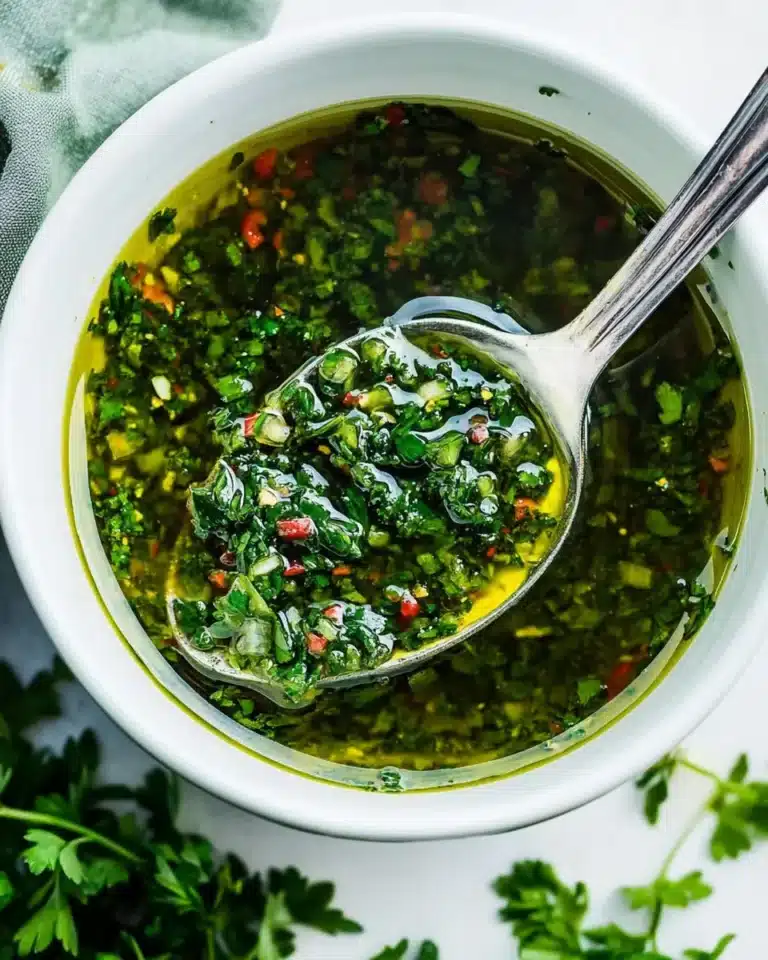Peanut Sauce: Quick & Easy Recipe for Flavorful Dishes
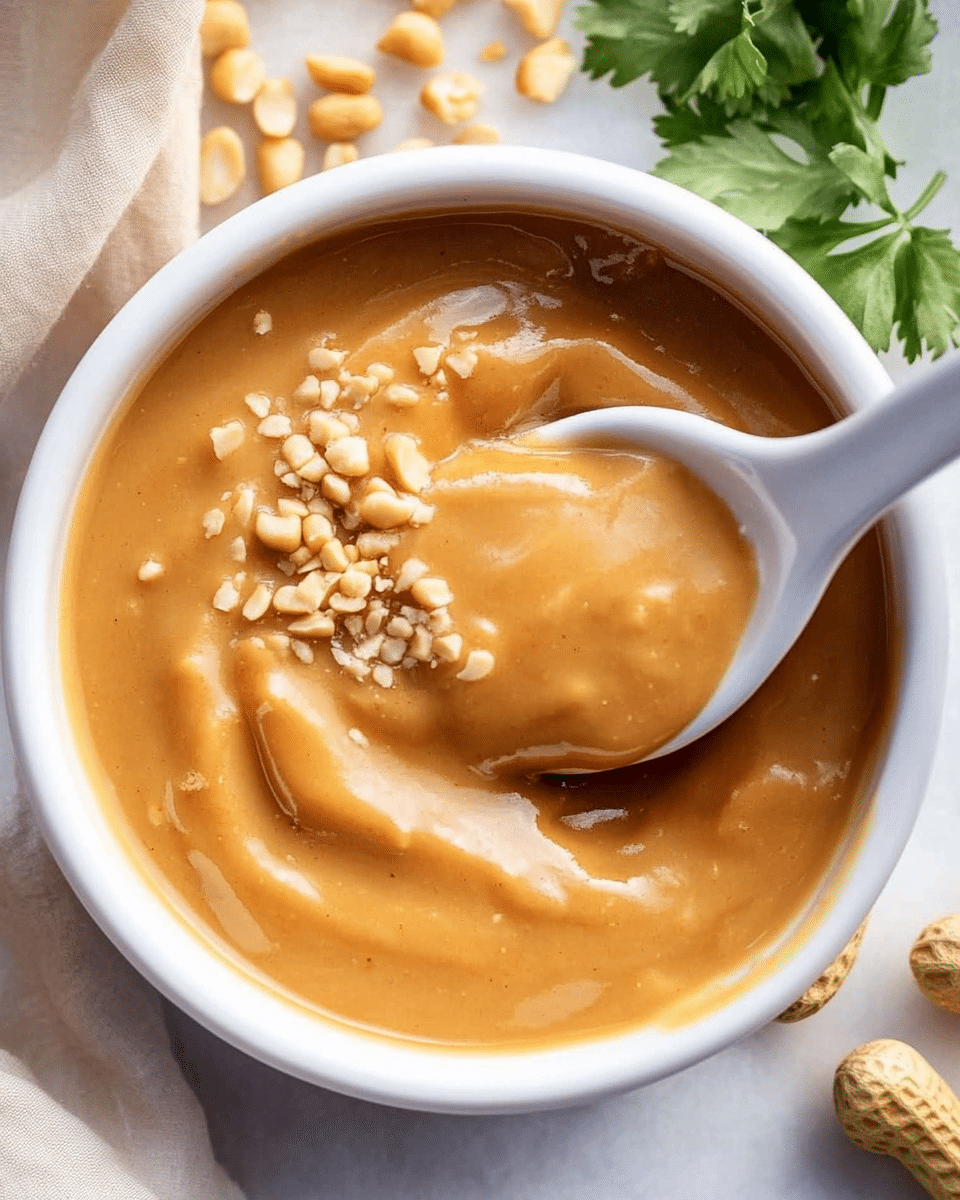
Peanut sauce is a culinary gem that elevates a variety of dishes with its rich, nutty flavor and creamy texture. This versatile sauce can be used as a dip, dressing, or drizzle, making it perfect for fresh spring rolls, grilled chicken, or crisp salads. The beauty of this sauce lies in its adaptability; you can easily infuse it with an array of ingredients like lime juice, garlic, or even spicy chili paste to customize it to your taste preferences.
As you embark on creating your own peanut sauce, consider experimenting with different peanut butters—smooth, crunchy, or even flavored! Expert chefs recommend using fresh ingredients for a more vibrant taste. Don’t shy away from adding a splash of coconut milk to achieve an ultra-creamy consistency or balancing its sweetness with a touch of vinegar. Delve into the world of peanut sauce and unlock a myriad of delicious possibilities for your meals!
Ingredients for Peanut Sauce:
This creamy and rich sauce is perfect for drizzling over salads, dipping fresh veggies, or serving with grilled meats. Below are the exact measurements needed to prepare a delightful peanut sauce that serves 8–10 people.
Essential Ingredients:
- 1 cup creamy peanut butter
- 1/2 cup coconut milk
- 1/4 cup soy sauce (or tamari for a gluten-free option)
- 1/4 cup fresh lime juice (about 2-3 limes)
- 2-3 tablespoons honey or maple syrup (adjust based on sweetness preference)
- 2 cloves garlic, minced
- 1 tablespoon fresh ginger, grated
Optional Flavor Enhancers:
- 1 teaspoon sesame oil for a nutty aroma
- 1 teaspoon red pepper flakes or chili sauce for a spicy kick
- 1 tablespoon rice vinegar for an added tang
- 1/4 cup chopped cilantro for freshness
Alternative Ingredients:
- If you prefer a lighter version, substitute the peanut butter with cashew butter or sunflower seed butter.
- For a nut-free option, consider using tahini (sesame seed paste) instead of peanut butter.
- To amplify the flavor, you can incorporate spices like curry powder or turmeric for a unique twist.
Serving Suggestions:
- This sauce pairs excellently with grilled chicken, shrimp, or tofu. Simply marinate your protein in the sauce before cooking!
- Use it as a delightful dressing for Asian-inspired noodle salads or fresh garden salads.
- It also serves as a delightful dip for fresh spring rolls or vegetable platters.
With these carefully selected ingredients, your culinary experience will be both enjoyable and fulfilling. Feel free to adjust the ingredients based on your dietary preferences, and let the flavors shine!
How to prepare peanut sauce:
Making peanut sauce is an easy process that yields delicious results. Follow these clear steps to create a versatile sauce perfect for dipping or drizzling.
Gather your ingredients
Start by collecting all the necessary ingredients. You will need:
- 1/2 cup creamy peanut butter
- 1/4 cup soy sauce
- 2 tablespoons rice vinegar
- 1 tablespoon honey or maple syrup
- 1-2 teaspoons chili garlic sauce (to taste)
- 1 clove garlic, minced
- 1 teaspoon grated fresh ginger (optional)
- Water to adjust consistency
Combine the peanut butter and soy sauce
In a mixing bowl, add the creamy peanut butter and soy sauce. Stir the two until they form a smooth paste.
Add rice vinegar and sweetener
Next, pour in the rice vinegar and honey (or maple syrup). Mix these ingredients together until fully integrated. This will give your sauce a nice balance of tanginess and sweetness.
Incorporate garlic and chili sauce
Now, introduce the minced garlic and chili garlic sauce to the mixture. Adjust the amount of chili garlic sauce based on your heat preference. Stir well to blend these flavors evenly into the sauce.
Optional: Mix in fresh ginger
If you enjoy a hint of warmth and spice, add the grated fresh ginger. This ingredient enhances the depth of flavor. Stir once more to combine all elements thoroughly.
Adjust the consistency of the sauce
To achieve your desired texture, gradually add water, one tablespoon at a time. Whisk vigorously until the sauce reaches a creamy, pourable consistency. If it’s too thick, add more water; if it’s too thin, incorporate an extra spoon of peanut butter.
Taste and adjust seasoning
Finally, give your peanut sauce a taste. If you desire more sweetness, add a bit more honey or maple syrup. For extra saltiness, a dash more soy sauce works well. Stir again to ensure all flavors are balanced.
Your homemade sauce is now ready! Use it immediately or transfer it to an airtight container and refrigerate for later use. Enjoy this rich and flavorful sauce with your favorite dishes!
Tips for the Perfect Peanut Sauce
Creating a delicious peanut sauce requires attention to detail and a few simple tips. Whether you’re using it as a dip, dressing, or marinade, keeping these pointers in mind will elevate your dish.
Maintain the Right Temperature
Temperature plays a vital role in achieving the right consistency. For a smooth sauce, gently heat your ingredients on low to medium heat. Avoid boiling, as high temperatures can cause the sauce to separate or become too thick. Stir continuously to ensure even heating and prevent sticking. If the sauce gets too thick, add a splash of warm water or broth to achieve the desired consistency.
Use High-Quality Ingredients
Your choice of ingredients can drastically influence the flavor. Opt for natural peanut butter without added sugars or oils. This ensures a pure and authentic taste. For the soy sauce, choose low-sodium options to control salt levels. Fresh lime juice provides a bright acidity, enhancing the sauce’s flavor complexity. Investing in quality peanuts, whether roasted or raw, can also make a significant difference.
Substitutions for Dietary Restrictions
If you or your guests have dietary restrictions, consider these swaps. For a nut-free version, sunflower seed butter makes an excellent alternative. Those with gluten intolerance can use tamari instead of soy sauce. If you want a vegan option, ensure that your sweetener (like maple syrup) is not derived from animal products. Additionally, curry paste can add depth without compromising dietary needs.
Experiment with Flavors
Don’t hesitate to get creative! Adding lime zest or fresh garlic can provide an extra layer of flavor. Experiment with spices such as cayenne pepper for heat or ginger for warmth. Think about incorporating fresh herbs like cilantro or mint for a refreshing twist. Each variation can transform your sauce to suit different cuisines, making it versatile for various dishes.
Remember, the key to a memorable peanut sauce lies in the balance of flavors and the quality of the ingredients. Adjust as needed based on your palate or the dish you’re pairing it with. Happy cooking!
Storage Tips for Peanut Sauce:
Storing your peanut sauce properly ensures its freshness and flavor for future use. Follow these guidelines to maintain its quality and extend its shelf life.
Optimal Storage Conditions
After preparing your peanut sauce, allow it to cool completely at room temperature. Avoid sealing it while hot, as this can trap moisture and create conditions for mold. Transfer the cooled sauce into an airtight container to minimize air exposure.
Store the container in the refrigerator if you plan to use the sauce within a week. The cold temperature slows bacterial growth, preserving the taste and texture. For longer storage, consider placing the sauce in the freezer. Use a freezer-safe container, leaving space at the top for expansion as the sauce freezes.
How to Freeze for Long-Term Storage
When freezing, portion the peanut sauce into ice cube trays or small containers. This method allows for easy thawing of just the amount you need. Once frozen, transfer the cubes to a resealable freezer bag for better organization and space savings. Label the bag with the date to keep track of storage time.
Understanding Shelf Life
Peanut sauce stored in the refrigerator typically remains good for about 5 to 7 days. If you notice any off odors or changes in texture, discard the sauce. When frozen, expect your sauce to last up to three months. While it remains safe to consume beyond this point, the quality may diminish. Always thaw the sauce in the refrigerator for best results, and avoid refreezing thawed sauce.
Tips for Using Leftover Sauce
Before using the sauce, check for separation. Stir it well to reincorporate any layers that may have formed. Use a clean utensil to avoid contamination while scooping out portions. This practice helps prolong your sauce’s lifespan when refrigerated.
By following these storage tips, you can enjoy your peanut sauce for longer. Whether you drizzle it over dishes or use it as a dip, maintaining its quality enhances your culinary experience.
Related Recipes to Peanut Sauce
If you enjoy peanut sauce, you might also appreciate these related recipes. Each has unique flavors that either complement or share similar ingredients, making them great additions to your meal planning.
- Thai Satay Chicken Skewers: These skewers feature marinated chicken grilled to perfection. They are often served with a peanut-based dipping sauce, making them a natural fit for fans of peanut sauce. The smoky grilled flavor paired with the creamy sauce creates a delightful balance.
- Vietnamese Spring Rolls: Fresh herbs, shrimp, and rice noodles wrapped in rice paper work beautifully with various dipping sauces. A hoisin or spicy peanut dipping sauce adds depth and richness, enhancing the overall flavor experience. The freshness of the spring rolls contrasts nicely with the smoothness of the sauce.
- Szechuan Noodles: This dish features noodles tossed in a spicy, savory sauce made with soy sauce, garlic, and sesame oil. The nutty undertone of the sesame pairs well with the richness of peanut sauce, creating a harmonious blend for your taste buds.
- Coconut Curry: This recipe combines coconut milk with an array of spices for a rich, aromatic dish. While it doesn’t contain peanuts, the creaminess of coconut milk offers a similar texture and mouthfeel, providing a delightful pairing with peanut sauce in a multi-course meal.
- Thai Green Curry: A blend of fresh herbs and vegetables in a fragrant coconut base makes this dish vibrant and flavorful. The use of fresh ingredients complements peanut sauce’s depth, making it a suitable companion on the table.
These dishes enhance the dining experience by bringing distinct flavors while still connecting to the essence of peanut sauce. Try them out for a delightful culinary adventure!
Frequently Asked Questions:
What is peanut sauce typically made of?
Peanut sauce, often used in various Asian cuisines, is primarily composed of creamy peanut butter, soy sauce, lime juice, garlic, and sometimes chili paste for heat. This delightful blend of ingredients creates a rich, savory flavor profile that pairs exceptionally well with vegetables, meats, and noodles.
How do you store homemade peanut sauce?
To keep your homemade version of this delicious dip fresh, store it in an airtight container within the refrigerator. It is best consumed within a week. If you find that it thickens in the cold, simply mix in a bit of warm water or additional soy sauce before serving.
Can you make peanut sauce nut-free?
Absolutely! If you’re looking for a nut-free alternative, you can substitute peanut butter with sunflower seed butter or tahini. These alternatives maintain a creamy texture and allow you to achieve a similar flavor profile, making them great options for those with nut allergies.
What dishes can benefit from peanut sauce?
This versatile condiment is perfect for enhancing a variety of dishes. It works beautifully as a dressing for salads, a dip for fresh spring rolls, or a drizzle over grilled chicken and veggies. Additionally, it can elevate noodle dishes such as pad thai or lo mein.
Is peanut sauce healthy?
Peanut sauce can be part of a healthy meal when used in moderation. The primary ingredient, peanuts, contains healthy fats, protein, and essential nutrients. Just be mindful of portion sizes, as the calories can add up quickly depending on how it’s used in a dish.
Can you freeze peanut sauce?
Yes, you can freeze this tasty sauce! Just be sure to store it in an airtight container. When you’re ready to use it, thaw it in the refrigerator, and if needed, stir in a bit of liquid to restore its creamy consistency. Keeping it on hand allows for a quick flavor boost whenever desired.
Conclusion:
In summary, mastering a peanut sauce can elevate your culinary experience with its creamy texture and rich flavor. This recipe highlights the simplicity of creating a delicious sauce using readily available ingredients. Flexibility is key; feel free to adjust the spice level or experiment with different nut butters for a personalized twist. Customization options, such as adding fresh herbs or citrus, allow you to tailor your sauce to complement various dishes—from salads to stir-fries. With these unique tips in mind, making peanut sauce becomes an effortless addition to your cooking repertoire, providing a dynamic base for numerous meals. Embrace the versatility this sauce offers, and enjoy the delightful flavors it brings to your table!

